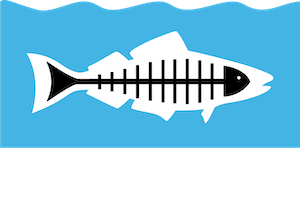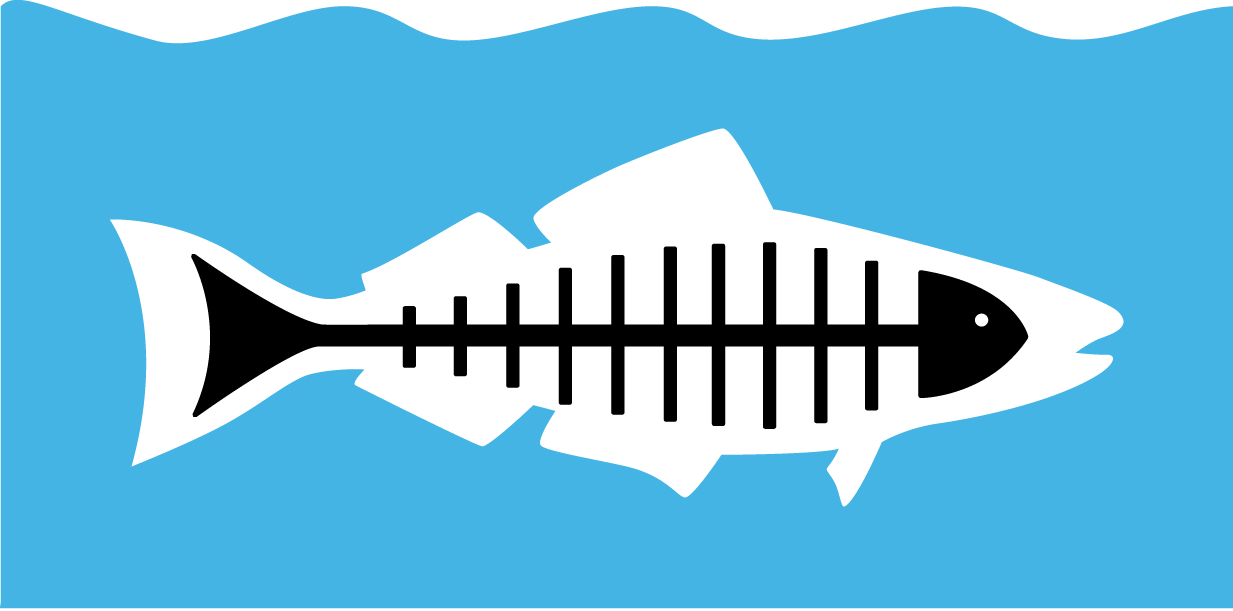Vicki Wawerchak, director of the Santa Monica Pier Aquarium, has been chronicling the process of readying a very special marine artifact for exhibit. Below is the fourth and final installment about the prepping of whale baleen.
Previous installments in this series:
1. A Whale of a Tale (December 22, 2010)
2. Brushing Up On Our Baleen (January 5, 2011)
3. Unraveling the Mysterious Baleen (January 11, 2011)
I hate waiting. Especially if it is for something I am really excited about. So when we finished prepping the baleen for the drying-out process, the next step was to wait. And wait. And wait.
It was a bit easier because I wasn’t going to be at the Aquarium for a few days so I didn’t feel the need to check on it daily. But when I finally returned, I barely set my bag down and turned on the computer before I went to check on our newly prepped specimen. (Baleen are plates with hard bristles inside a whale’s mouth that trap and filter small organisms for nourishment.)
And to our excitement, the marine artifact was drying perfectly. The bristles were straight, the color was good, and the piece did not curl. Whew! But now we had to wait a few more days before we could take it out of the contraption we designed. We continued to monitor it daily because as the moisture evaporated from the baleen, the piece shrunk. That meant the C-clamps had to be tightened and the drying rack had to be readjusted.
As a scientist who works with numerous live animals (including humans) every day, I have a few priorities. One is to ensure we provide an inviting, comfortable, safe, learning environment for students, the general public, volunteers and staff. The other is to ensure we provide a safe, healthy, high water quality habitat for all the animals we have on exhibit. From the smallest skeleton shrimp to our biggest bass, we want to make sure that the environment we create mimics their natural one. I do not take these tasks lightly.
The amount of care given to our live animals is replicated with our marine artifacts that we acquire through the many partnerships and relationships we have created through the years. The utmost care, attention to detail and responsibility needs to be executed when prepping and dealing with these artifacts.
We understand that they were obtained from once-live animals and therefore we have an obligation to make sure we succeed not only in the prepping process, but also in how we use them for education. The room for error is small and at times the need to succeed can be overwhelming.
And succeed we did. We untied the lines that were holding the baleen plates together, carefully removed all the wood that we used to separate the baleen plates and slowly unscrewed the C-clamps.
What was left was a beautifully dried out specimen that is going to enhance our education capabilities. Most of the staff at the Aquarium had never seen a full section of baleen like this before, let alone used one this large as an educational tool. So, I am sure the passion and excitement that each one of them feels will come out when using the artifact to educate the general public about the majestic gray whales that migrate annually right off our beautiful coast.
Please visit the Aquarium during Whale of a Weekend, Feb. 19-20, to view the baleen first hand. Check back after the weekend to read how we used the baleen during education programs and how it was received.


